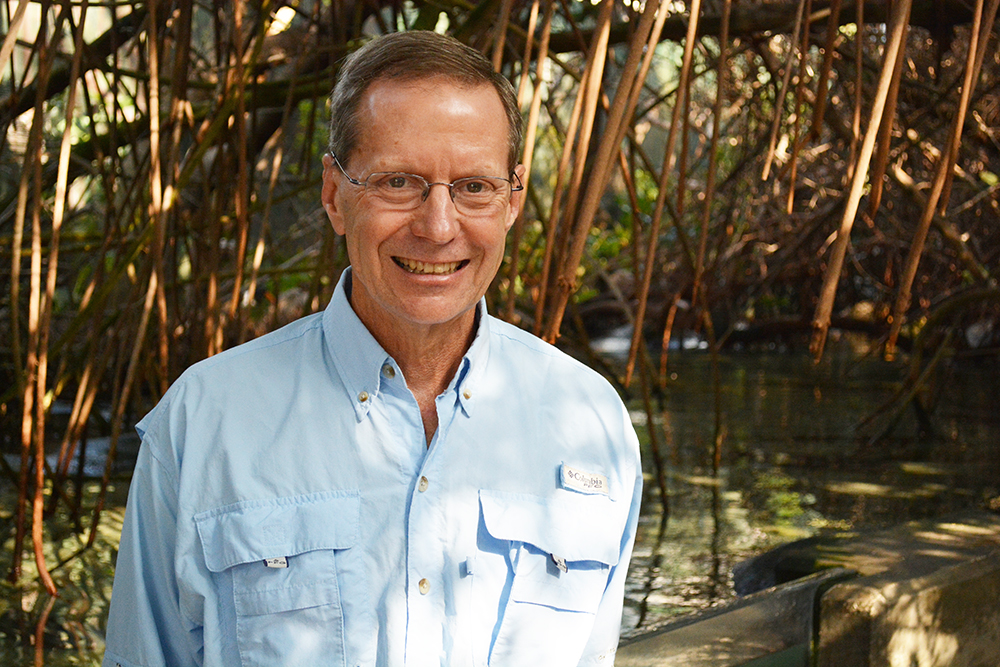Blog
Hold Onto Your Booty!
January 24, 2020
Education
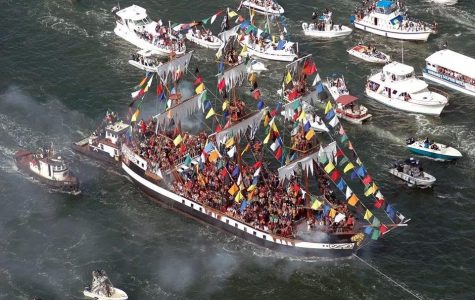 Few beads were thrown during the Gasparilla Parades of my youth. What was prized in the 1950s-60s, were the fake doubloons and used cartridges from the blank guns the pirates would fire into the air. To the amusement of our parents, we kids would scramble after this treasure thrown by the fearsome-looking Ye Mystic Krewe of Gasparilla swashbucklers.
Few beads were thrown during the Gasparilla Parades of my youth. What was prized in the 1950s-60s, were the fake doubloons and used cartridges from the blank guns the pirates would fire into the air. To the amusement of our parents, we kids would scramble after this treasure thrown by the fearsome-looking Ye Mystic Krewe of Gasparilla swashbucklers.
Boy, have things changed.
Then the parade was a modest affair, attended mostly by locals and with about as many high school marching bands as floats. Now it is a renowned spectacle, the third-largest parade in the nation, attracting crowds of upward of 300,000.
The event became so crushingly popular, Ye Mystic Krewe, which launched the event in 1904, began holding a Children’s Parade a week prior to the regular parade. It enables families with young children to avoid the raucous throngs. (This year the Gasparilla’s Children Parade was January 18; the Gasparilla Invasion and Parade is January 25.)
The parade, which “commemorates” the capture of Tampa by the fictional pirate Jose Gaspar, has more than 100 floats and more than three dozen krewes. And virtually all the participants throw beads, a practice that originated at New Orleans’ Mardi Gras more than a century ago.
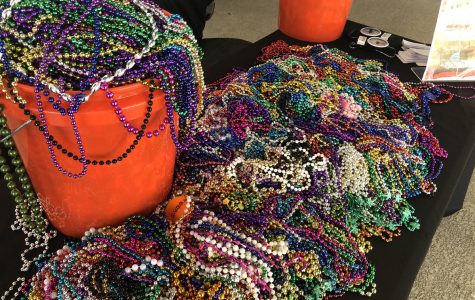 Children and adults alike go wild for the ersatz jewels. Ye Mystic Krewe and some other krewes give away elaborate keepsakes. But even the simplest strands trigger an elemental frenzy in parade goers.
Children and adults alike go wild for the ersatz jewels. Ye Mystic Krewe and some other krewes give away elaborate keepsakes. But even the simplest strands trigger an elemental frenzy in parade goers.
Though I have occasionally seen adults push children aside to snatch a trinket, the bead throwing seems mostly harmless fun.
But, alas, beyond creating excitement, the beads we now know create serious environmental problems, particularly when they end up in Tampa Bay.
That is why Tampa Mayor Jane Castor is wisely stressing that the beads must not be tossed into the water, which often happens as an armada of private boats accompany the Jose Gasparilla ship on its faux “invasion” voyage prior the parade.
The mayor emphasized that doing so violates littering laws. The city also is establishing no-throw zones where the parade nears the water.
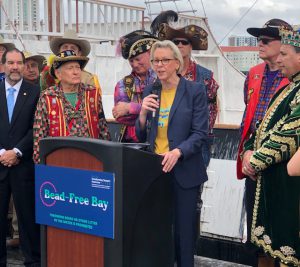 The Florida Aquarium is among the organizations working with the city to minimize the parade’s environmental impacts without spoiling the fun.
The Florida Aquarium is among the organizations working with the city to minimize the parade’s environmental impacts without spoiling the fun.
The problem is the beads are made of plastic, which is durable to a fault.
As The Aquarium’s Vice President of Education Debbi Stone puts it, “Plastics never truly go away. When they break down, they remain in the environment as microscopic bits.”
Moreover, as the plastics break down, their chemical components can taint everything in the water. Stone said even plankton, at the base of the food chain, eat the microplastics which then accumulate in ascending creatures in the food chain, including top predators.
A University of Florida Institute of Food and Agricultural Sciences study found that ingesting too much plastic can cause animals to die of starvation and plastics can retard growth in microscopic algae. An Eckerd College study found beads contain hazardous ingredients such as arsenic, cadmium and lead.
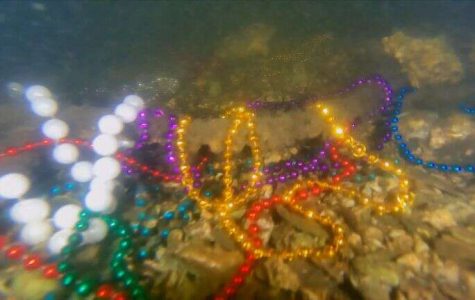 The Aquarium’s Meghan Fellner warns that intact beads can entangle birds and other wildlife, harming them.
The Aquarium’s Meghan Fellner warns that intact beads can entangle birds and other wildlife, harming them.
The Aquarium, which has been in the forefront of enlightening the public about plastic pollution, for years has sought to keep discarded beads in check.
Aquarium staffers and volunteers help clean up after the parade, picking up thousands of beads and trash along the parade route. Even beads left on land can end up being washed into the water.
Aquarium SCUBA divers, along with other diving organizations, collect beads from the bottom of Tampa Bay, a herculean task. Yet, while the divers collect thousands, it is impossible to scour the bay clean of the spheres.
That is why Mayor Castor’s reminder that tossing beads into the water is a destructive act of littering is important.
“While we all love a good parade, the beads thrown during the parade have no place harming our delicate ecosystem,” the mayor said at a press conference.
Beyond its cleanup efforts, The Florida Aquarium also provides an incentive for people to get rid of the pirate loot safely.
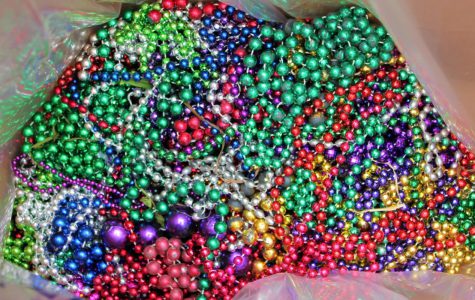 “For every 10 pounds of beads you collect and bring to The Aquarium,” Fellner said, “you will get $10 off admission. Those who bring 30 pounds or more will get free admission. The Florida Aquarium will recycle the beads.”
“For every 10 pounds of beads you collect and bring to The Aquarium,” Fellner said, “you will get $10 off admission. Those who bring 30 pounds or more will get free admission. The Florida Aquarium will recycle the beads.”
She urged the public to, “help us work toward a bead-free bay and bring your booty to Aquarium.”
The beads, she noted, do not have to be from the Gasparilla Parade.
Roger Germann, Aquarium President and CEO, said his team is “honored to team up with Mayor Castor and the city in support of this important initiative.”
Nobody is trying to dampen the festivities that have part of Tampa for more than a century; only to make people bead responsible.
As Germann explained, “We realize throwing beads as part of Tampa’s community celebrations are a long-standing tradition, but the quality of life that makes Tampa Bay so unique is our connection with our water and nature. Everyone doing their part to ensure beads don’t end up in the bay and harming wildlife demonstrates that we care about our underwater neighborhood and the animals that thrive in them.”
More
to Sea
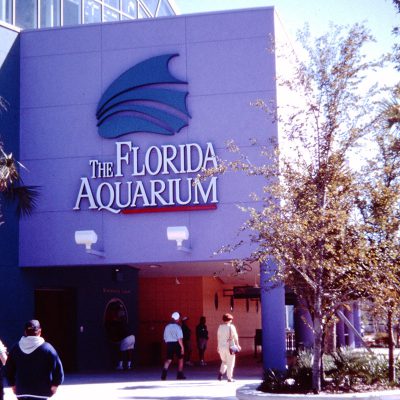
25th Anniversary: Sandy Freedman...
Former Tampa Mayor Sandy Freedman said some daring was required to find a home for The Florida Aquarium. She recalled: “It had originally been planned for Clearwater and then it proposed all over th...
Read More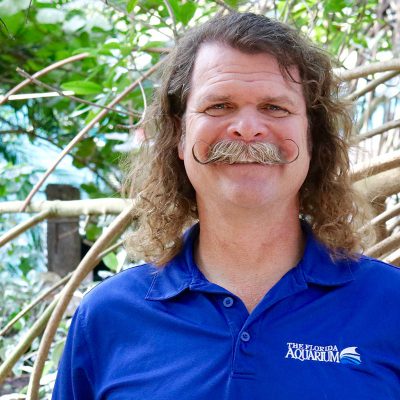
25th Anniversary: Eric Hovland’s Journe...
As a young biologist with a lifelong passion for wildlife, Eric Hovland was thrilled to be hired in November 1994 at The Florida Aquarium, which was still under construction. “I had heard about this...
Read More